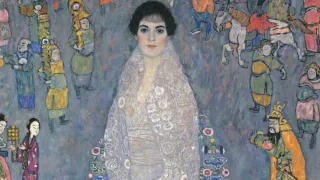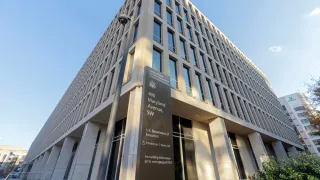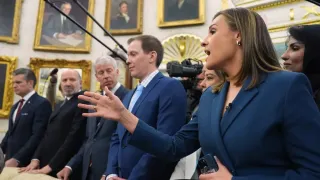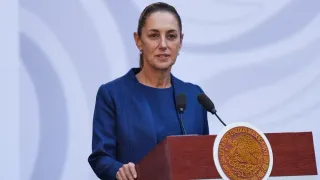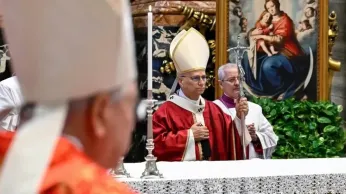
5 hours ago
Trans Women Invited to Vatican Lunch: A Step Forward or a Seat at the Sidelines?
READ TIME: 3 MIN.
When forty-eight transgender women walked through the palatial doors of the Vatican for the annual Jubilee Lunch for the Poor, they weren’t just guests at a charity event — they were living proof that the winds of change, however gentle, are rustling through the ancient halls of Catholic power. Gathered among migrants, homeless individuals, and parishioners, the trans women’s presence sent a ripple of hope through LGBTQ+ communities around the world, even as the nuances of the moment sparked cautious debate about what true inclusion looks like in the heart of the Catholic Church .
This year’s lunch, held on November 16, was a grand affair by any measure: more than 1, 300 guests filled the Vatican’s ornate dining halls. Yet, unlike previous years, none of the transgender women were seated at the top table with Pope Leo XIV. For many, that table is more than just a meal; it’s a potent symbol of who the Church welcomes into its inner circle. Some LGBTQ+ advocates interpreted the change as a subtle step backward — or at least, a missed opportunity to reaffirm the inclusive legacy fostered by the late Pope Francis .
Vatican officials, however, pushed back against claims of a deliberate snub. Cardinal Konrad Krajewski, the papal almoner and event organizer, explained to The Washington Post that the choice of top-table guests was logistical, not ideological. “Places on the top table were given to poor parishioners who had attended an earlier eucharist, ” he said, clarifying that the trans guests arrived later and “sat elsewhere. ” His message was unequivocal: “The Church is open to everyone… came because they’re an integral part of the Church, that is all” .
For activists like Alessia Nobile, the real story wasn’t about table assignments but about visibility — and resilience. Nobile, who handed Pope Leo a letter on behalf of the trans community during the event, described the Pope’s simple gesture: “He simply smiled” . It’s a quiet moment, but in a world where trans people are too often met with hostility or erasure, a smile from the head of the Catholic Church carries a resonance all its own.
Nobile’s relationship with the Vatican began under the late Pope Francis, who urged her to tell her story “so prejudice does not grow, ” and reminded her that “in the eyes of God, we are all His children. ” The handwritten letter he penned, affirming God’s unconditional love for her, is a memento she calls “unrepeatable” — a sign that, at least for some, the spirit of inclusion is more than just symbolic .
For those watching from afar, the Vatican lunch is a study in contrasts: progress and hesitation, outreach and oversight. As Nobile told Italian media, her hope is that the “inclusive spirit fostered under Pope Francis is not lost following his death. ” She added, “I ask Leo not to go backwards on rights” .
For LGBTQ+ Catholics and allies, these moments matter. They are reminders that, while inclusion at the Vatican may still come with caveats, visibility is itself a form of quiet protest — and a call to keep pushing for more. After all, a seat at the table is only the beginning. True belonging means having a voice, a story, and a future where no one has to ask if they’re welcome.
As the world’s oldest institution inches forward, the LGBTQ+ community watches — with hope, skepticism, and above all, determination. The invitation extended to transgender women at the Vatican lunch is a milestone. Yet, it’s the ongoing dialogue, the letters handed across crowded rooms, and the insistence that all are children of God that will shape the Church’s future.
In the end, symbols matter, but substance matters more. Until every queer Catholic is not just invited, but embraced, the journey continues — one lunch, one smile, and one act of courage at a time.

